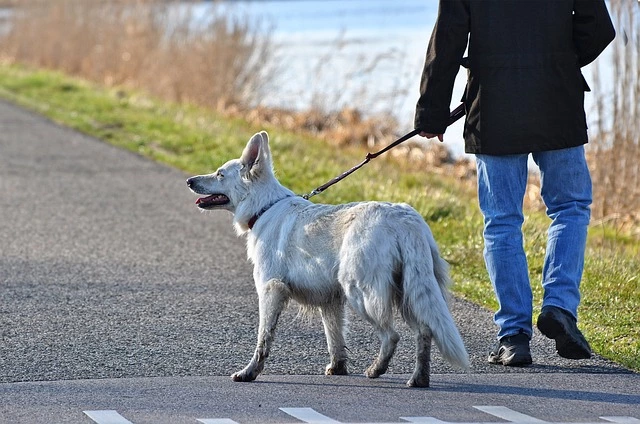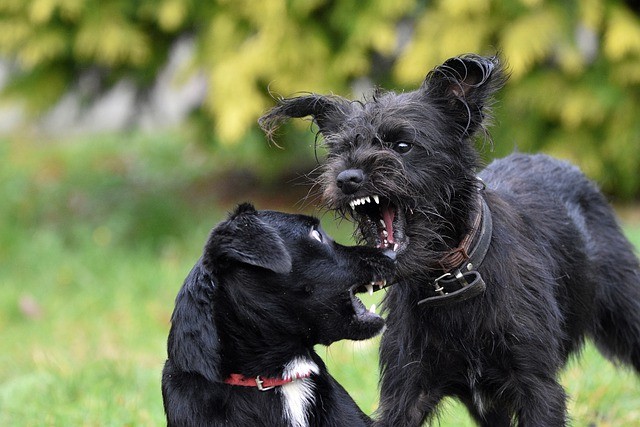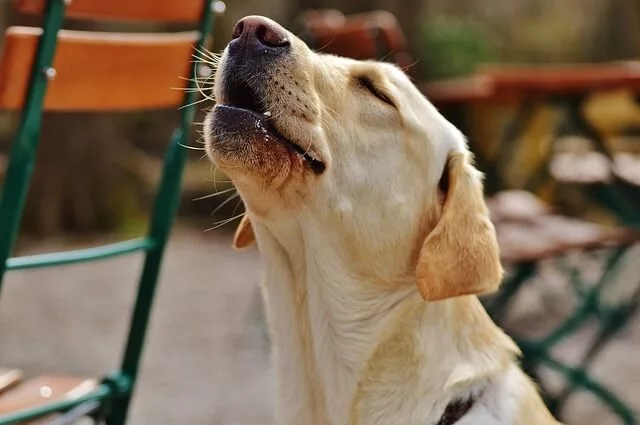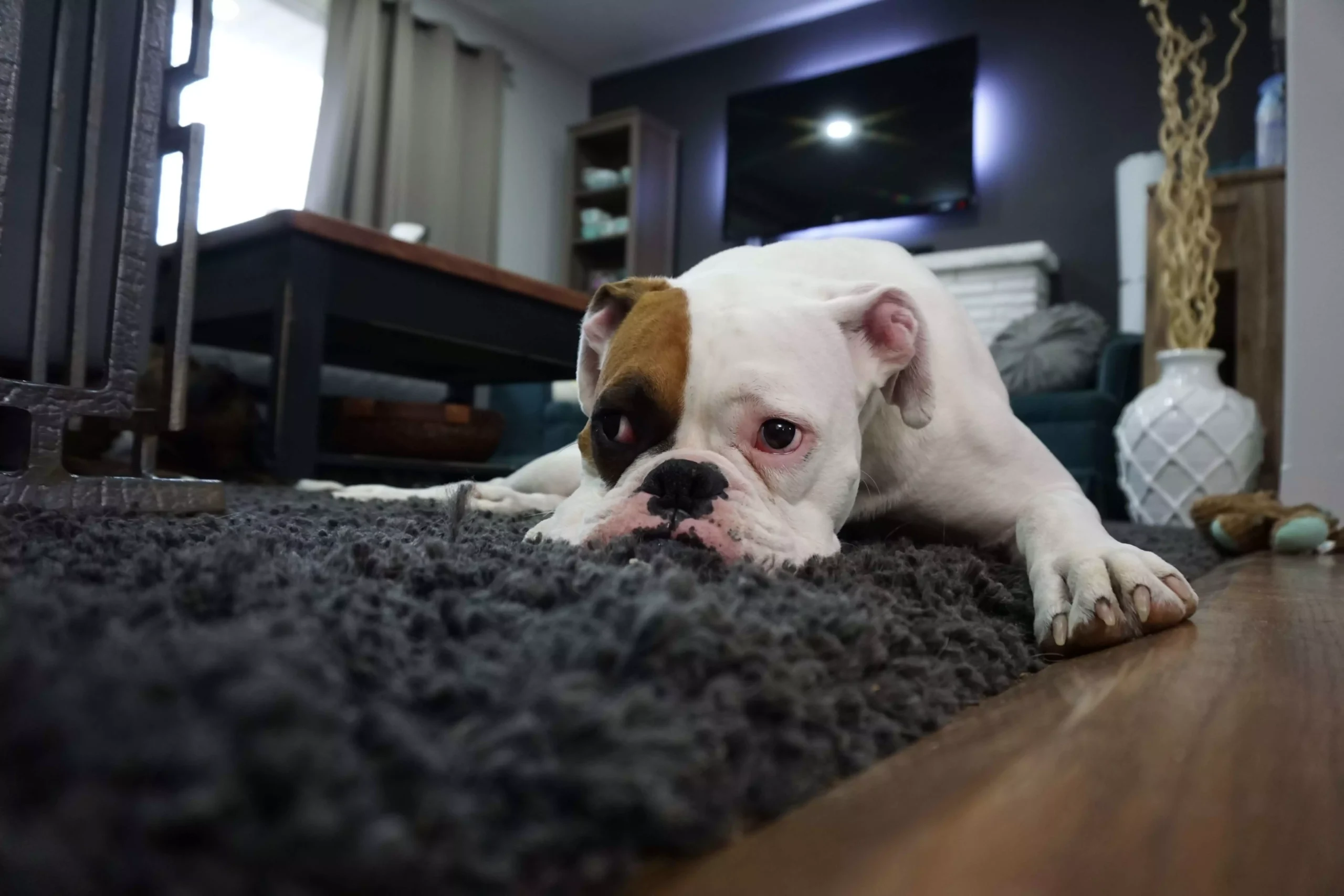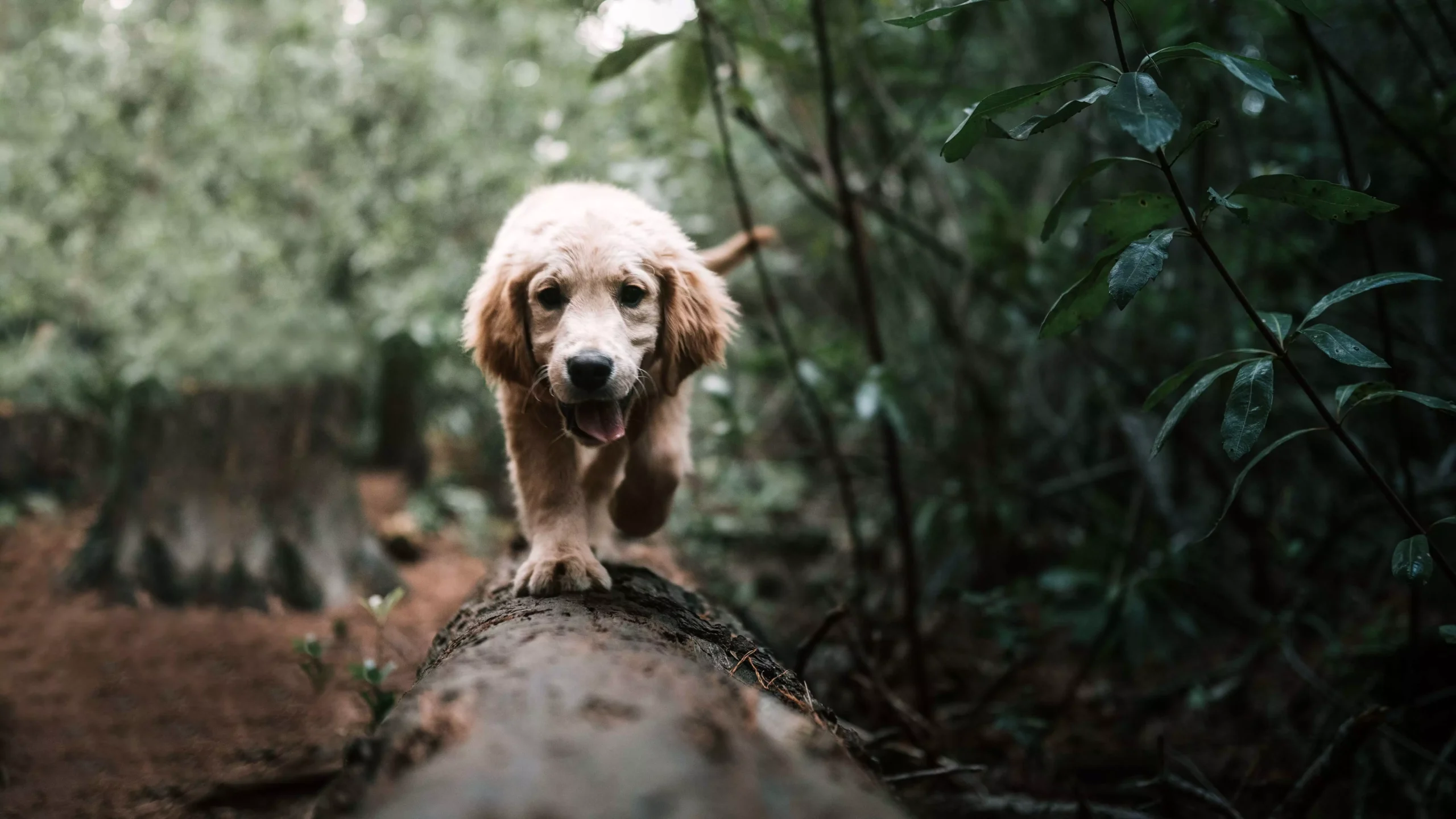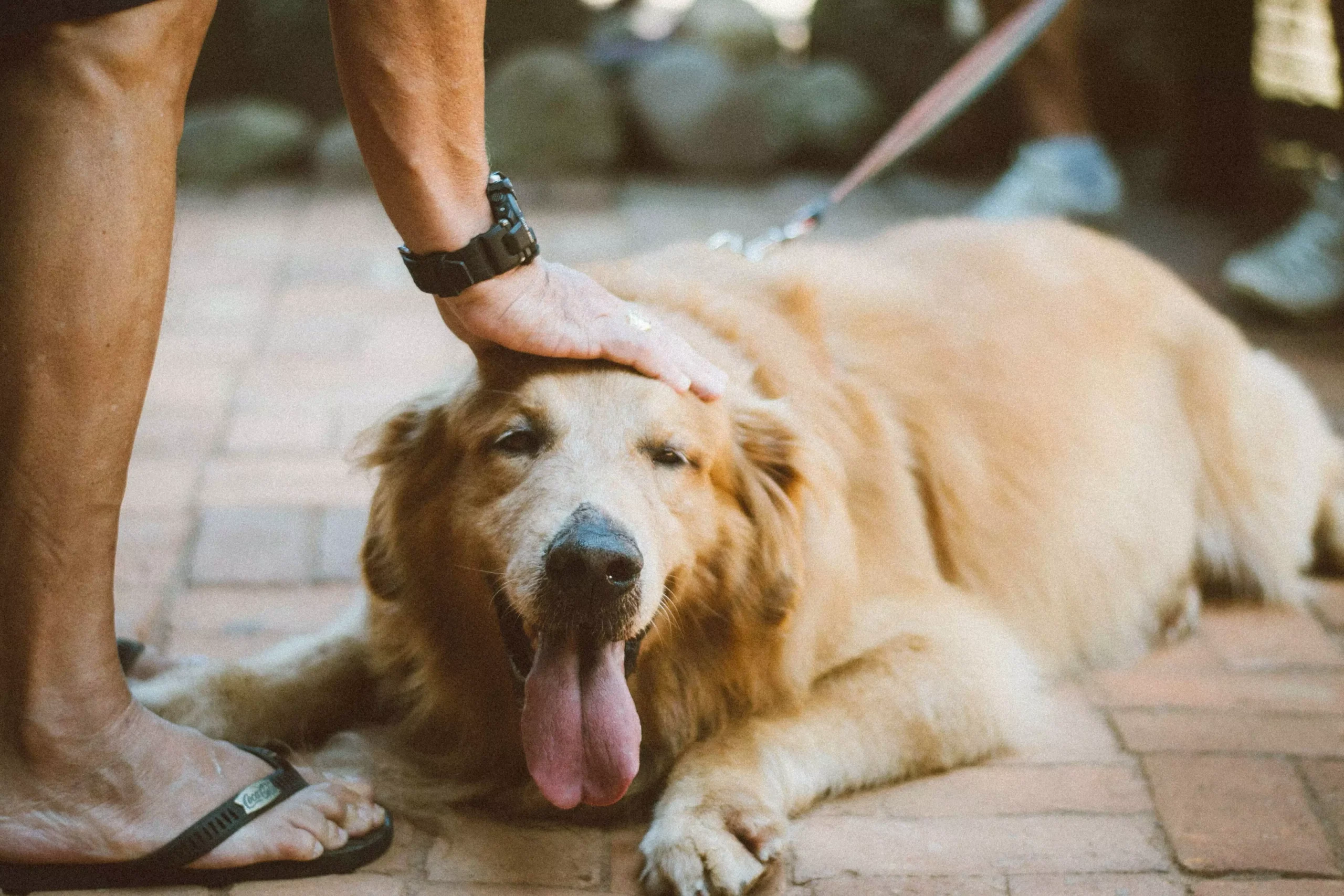Title: Unleashing Mental Stimulation: Harnessing the Power of Nose Work and Scent Detection Games for Your Dog’s Health
Introduction:
Engaging your furry friend in mentally stimulating activities is crucial for their overall well-being. One excellent way to accomplish this is through nose work and scent detection games. Not only do these activities provide mental exercise, but they also tap into your dog’s natural instincts. In this article, we will explore how to use nose work and scent detection games to keep your canine companion’s mind sharp and offer guidance on getting started. Additionally, we will address frequently asked questions to help you make the most out of these rewarding activities.
I. Understanding the Importance of Mental Stimulation for Dogs:
1. The role of mental stimulation in a dog’s life
Mental stimulation is essential for dogs as it keeps their minds active and prevents boredom. It helps to prevent behavioral issues and promotes a healthy and happy life.
2. Consequences of inadequate mental exercise
Dogs that don’t receive enough mental stimulation can become bored, anxious, and may engage in destructive behaviors. They may also exhibit signs of frustration and restlessness.
3. Benefits of nose work and scent detection games
Nose work and scent detection games provide an outlet for dogs to use their natural senses and instincts. These activities engage their minds, improve their focus and concentration, and boost their problem-solving abilities. They also provide a healthy outlet for energy and can help build a stronger bond between you and your dog.
II. Exploring Nose Work:
1. What is nose work?
Nose work is an activity that involves teaching dogs to use their sense of smell to locate specific scents or objects. It is based on the training methods used for working detection dogs.
2. How nose work engages a dog’s senses and cognitive abilities
Nose work engages a dog’s sense of smell, which is their most powerful sense. It requires them to use their cognitive abilities to follow scents, discriminate between different smells, and locate hidden objects.
3. Popular nose work activities to try:
a. Scent tracking: Teaching your dog to follow a specific scent trail.
b. Hide and seek: Hiding treats or toys for your dog to find using their nose.
c. Food puzzles: Using interactive toys or puzzles that require your dog to use their nose to find hidden treats.
III. Scent Detection Games:
1. Introduction to scent detection games
Scent detection games involve teaching your dog to identify and locate specific scents. This can include searching for specific scents, discriminating between different smells, and solving scent puzzles.
2. Training your dog for scent detection:
a. Basic obedience commands: Teaching your dog basic commands like sit, stay, and come, which are essential for scent detection training.
b. Teaching the “find it” cue: Teaching your dog a command that signals them to search for a specific scent.
c. Gradual scent introduction: Introducing your dog to different scents gradually and rewarding them for successful detections.
3. Different types of scent detection games:
a. Finding specific scents: Teaching your dog to search for and identify specific scents, such as essential oils or specific objects.
b. Scent discrimination: Training your dog to differentiate between different scents and locate specific ones.
c. Scent puzzles: Using puzzles or games that require your dog to solve a scent-related problem to find a hidden reward.
IV. Getting Started with Nose Work and Scent Detection:
1. Preparing your dog for the activities:
a. Ensuring good physical health: Before starting these activities, make sure your dog is in good physical health.
b. Creating a safe and comfortable environment: Set up a designated area for nose work and scent detection games that is free from distractions and hazards.
c. Setting realistic expectations: Start with simple tasks and gradually increase the difficulty level to prevent frustration.
2. Equipment and materials needed:
Gather the necessary equipment, including treats, toys, scent containers, and puzzle toys.
3. Establishing a training routine:
Create a consistent training schedule and allocate specific times for nose work and scent detection activities. Start with short sessions and gradually increase the duration.
4. Monitoring progress and adapting the difficulty level:
Observe your dog’s progress and adjust the difficulty level accordingly. Challenge them with new scents and more complex tasks as they become more proficient.
V. Frequently Asked Questions (FAQs):
1. Can any dog participate in nose work and scent detection games?
2. How long should each session last, and how often should I engage my dog in these activities?
3. Can scent detection games help with behavior issues?
4. Are there any safety concerns I should be aware of?
5. What if my dog shows no interest in nose work or scent detection games?
Conclusion:
Nose work and scent detection games provide an enjoyable and mentally stimulating experience for dogs of all ages and breeds. By understanding the importance of mental exercise, exploring different activities, and following proper training techniques, you can unlock your dog’s natural abilities and enhance their overall well-being. Remember to start gradually, be patient, and most importantly, have fun bonding with your furry friend through these exciting games. Your dog will thank you with their wagging tail and a sharper mind!



